Category Archives: Film Role 3 (pages / portfolio)
Filters
The Chimney Sweep and The Miller
The Chimney Sweep and The Miller
Back when this short film was made, their technology was limited. Due to this, the camera angles and distanced will be simple, and won’t change. This is because cameras weren’t portable back then, when a camera was built it would have been set up in a certain place and would stay there. That’s why this short film is all filmed using an eye level camera angle, because it’s level with the horizon and easier to set up. The camera distance is also the same, it’s set up as an extra-long short, in order to allow the actors room to move around and fight from one side of the screen to the other.
If this were to be filmed today, I feel like the camera angles would change. Instead of keeping the same Eye Level shot throughout, I would change it every couple second, perhaps using a canted camera angle to show that the miller is mad when he gets knocked by the Chimney Sweep. And then a Worms eye shot to show that one of the characters is more powerful than the other. As well as that, I would implement some camera movements, perhaps following the miller as he walks towards the chimney sweep, and then panning left to towards him. The camera distances would differ as well, going from a close to show the emotion of the characters, to a medium shot when the action is happening.
Depth Of Field
Camera Movements
The Shining Steadicam
The steadicam tracking shot of Danny riding around the hotel on his tricycle creates a sense of uneasiness for the viewer. The shot makes it seem as though Danny is being chased by something represented by the camera. The image of a child being chased adds to the narrative by implying that there is something evil within the hotel, which is chasing Danny around the hotel. Kubrick also uses a long tracking shots when following Danny, which further emphasizes the sense that he is being chased by something evil.

Diegetic Gaze
Deigesis, or the diegetic gaze, is when a film can create a believable scene using camera placement/techniques in relation the rest of the scene (Using props, depth of field, etc.) is a very good example of a diegetic film, as it creates a very believable world through the costumes, sets and also camera work.

Depth Of Field (Activity 5)
The Depth of Field is controlled by the focus and aperture of a camera and is the distance between the nearest and furthest image in the frame. For instance, if a shot is using a shallow focus, the background will be more blurred out, making it easier to have a specific character stand out to the audience.

Whereas a deep focus will have everything in the frame in focus, with nothing necessarily standing out more than anything else. For instance, The Revanant (Alejandro González Iñárritu, 2016) used a a lot of deep focus shots throughout so as to keep everything of equal importance in the frame.
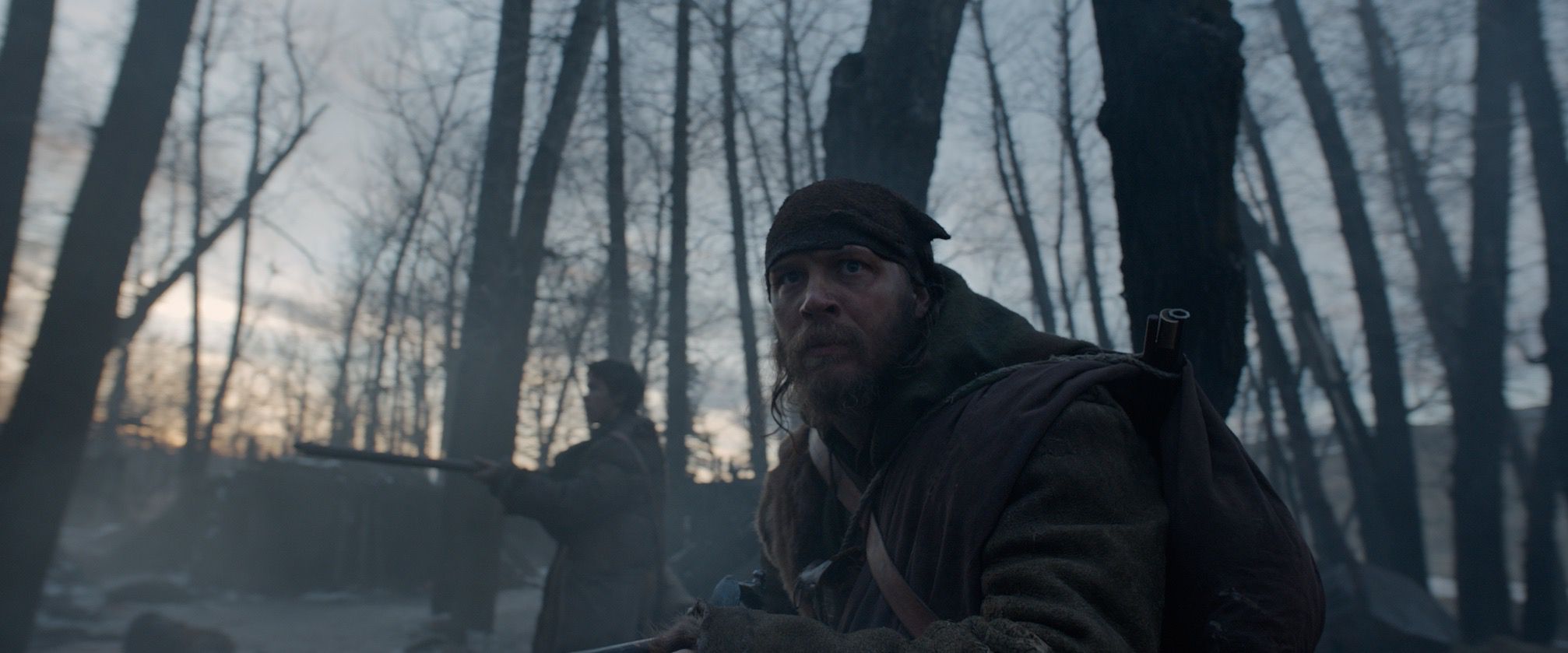
Camera Angles (Activity 3)
Thor (Kenneth Branagh, 2011)
Canted/Dutch Shots:
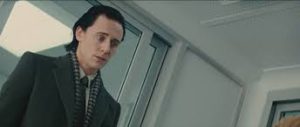
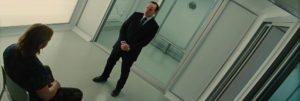
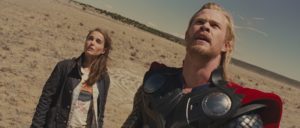
The Director of Thor has stated many times that he was not sure how to shoot the 2011 movie Thor. Along with the director of photography, Haris Zambarloukos, they decided to use a lot of canted/dutch angles. Most of these kinds of shots are reserved for scenes where a character is dazed or confused, as it makes it seem like there is something off-kilter and strange going on. Unfortunately, because there were so many in Thor, it made many elements and scenes in the film feel clunky and not quite right; an effect the director was not after.
The Revanant (Alejandro González Iñárritu, 2016)
Worms eye Shots:

The Revenant utilities very low, swooping low angle shots to portray to the viewer the sense of scale and wonder that surrounds the protagonist. Many filmmakers tend to stick to using telephoto lenses when shooting landscapes, where as director of photography Emmanuel Lubezki, predominantly used wide angle lenses whilst shooting to make the world feel bigger and more life like.
The Dark Knight (Christopher Nolan, 2008)
Low Shots:
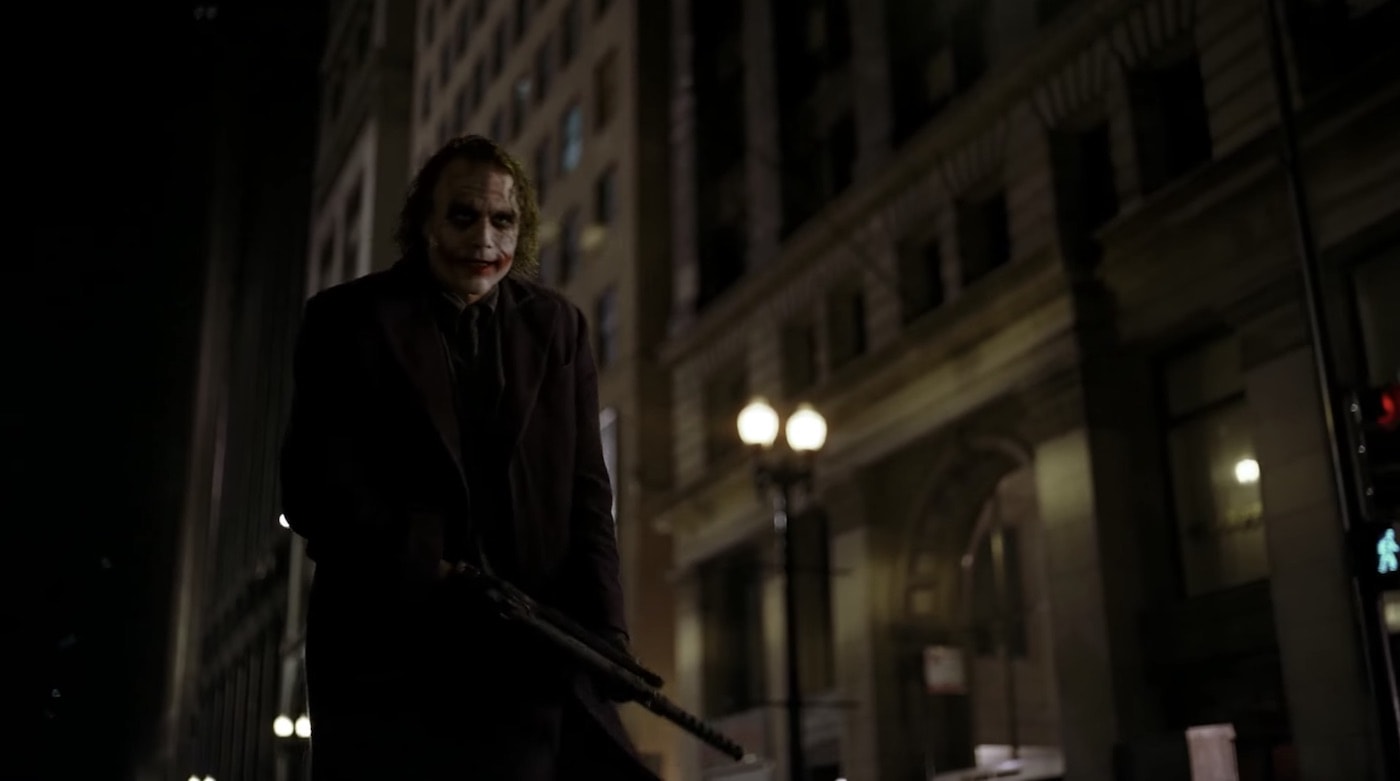
Nolan uses mostly Low and eye level shots when filming the antagonist of the film; the joker. This helps create a sense of humanity to the character and even though he is shown throughout the movie to be crazy, it helps keep the character grounded in reality, instead of making him seem like an over-dramatized villain.
Shot Distances (Activity 2)
Baby Driver (Dir. Edgar Wright, 2017)
Eye-Level Close Up:

In this scene from Baby Driver, the DoP (Bill Pope) has created a shot where the Main Character, Baby, is looking towards the camera, however he is not in focus. the camera is focused on the toy car and this is used as foreshadowing as later in the same scene, the car is pushed off of the table – hinting towards the car crash that happens later in the film.
The Shining (Dir. Stanley Kubrick, 1980)
Extreme Close Up:
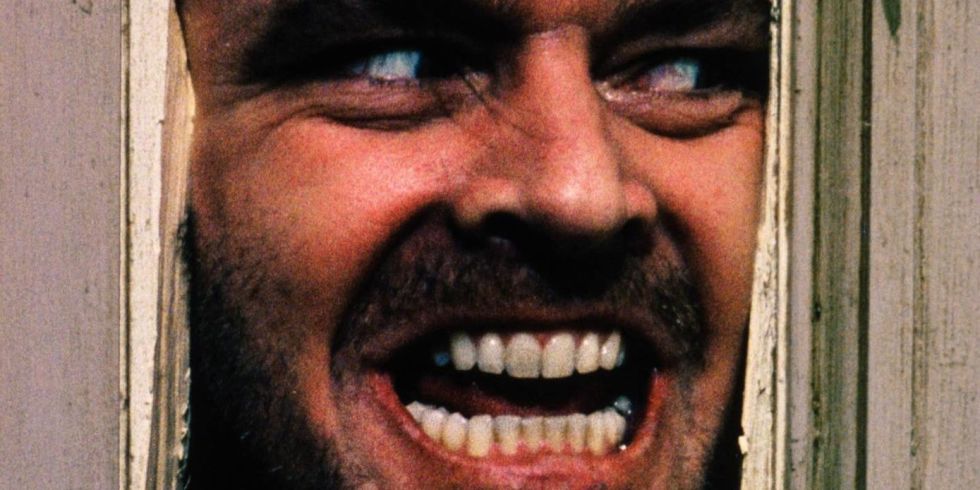
This famous scene from the Shining Uses an Extreme close up on the character of Jack Torrance (played by Jack Nicholson) to portray the levels of insanity that the character has gone to, and is also used to unsettle the audience. The use of this extreme close up also helps show the audience that there is nothing left of Jack Torrance, as we cannot see his body. it effectively shows how the character has completely changed, to the point where they are almost different people.
Logan (Dir. James Mangold, 2017)
Long Shot:
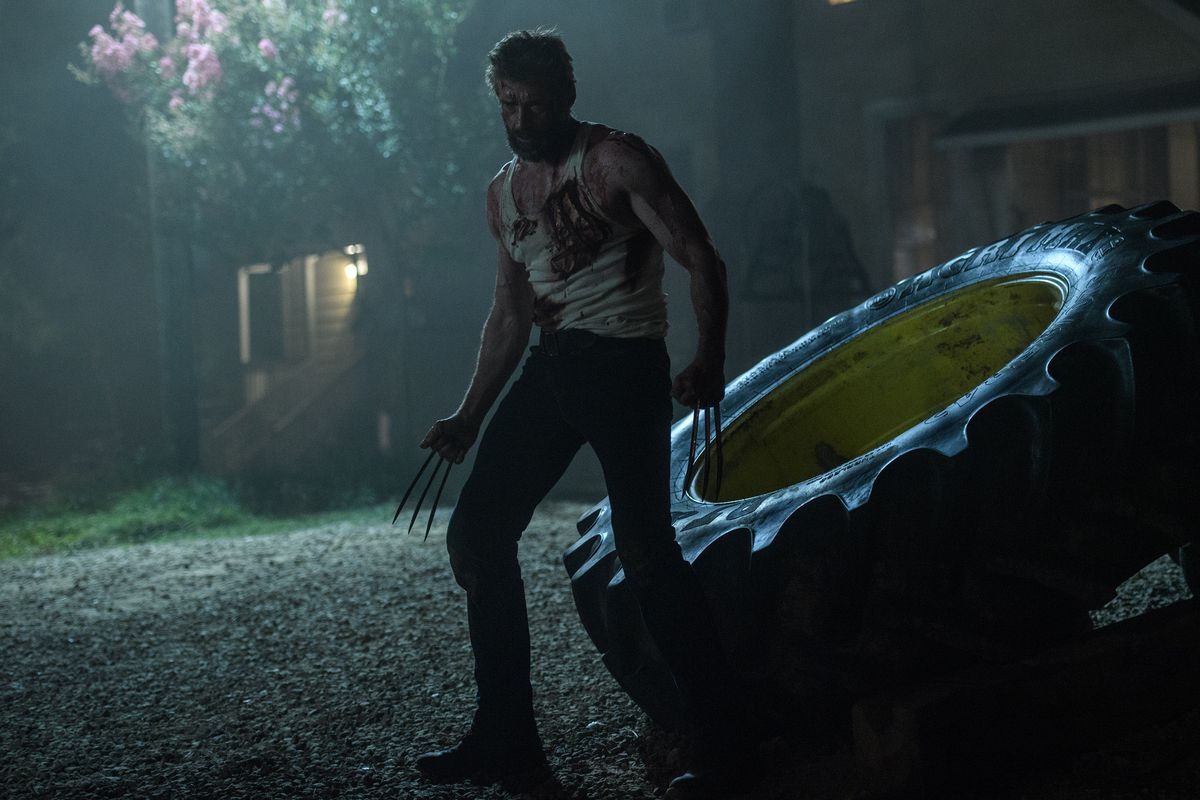
This Shot gives the audience time to realize how hurt the protagonist of Logan (Hugh Jackman) is. In this film, his power is the ability to heal his wounds, and while it was hinted at previously in the film that he was becoming weaker, this shot confirms it to the audience.
Camera Angles
This is my work for Camera Angles for the Film Spider-Man Homecoming.
